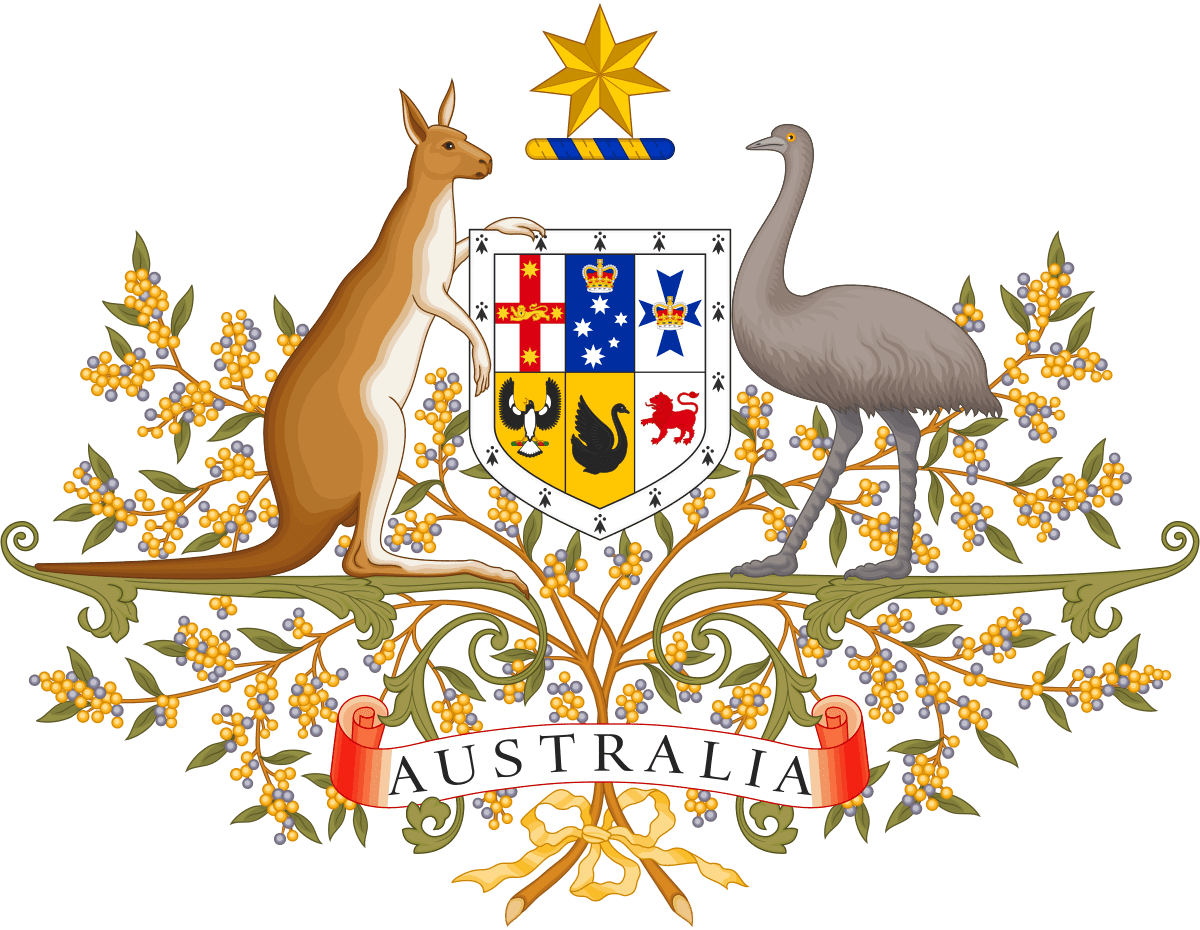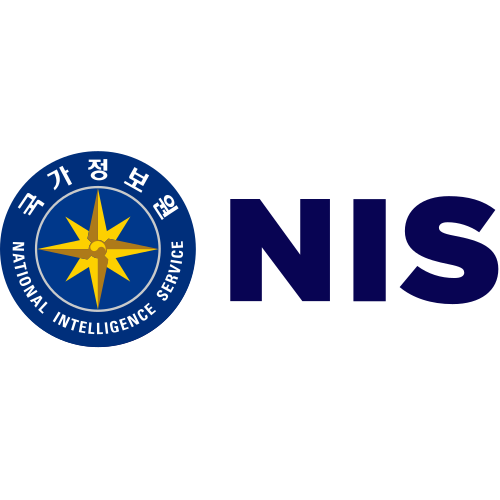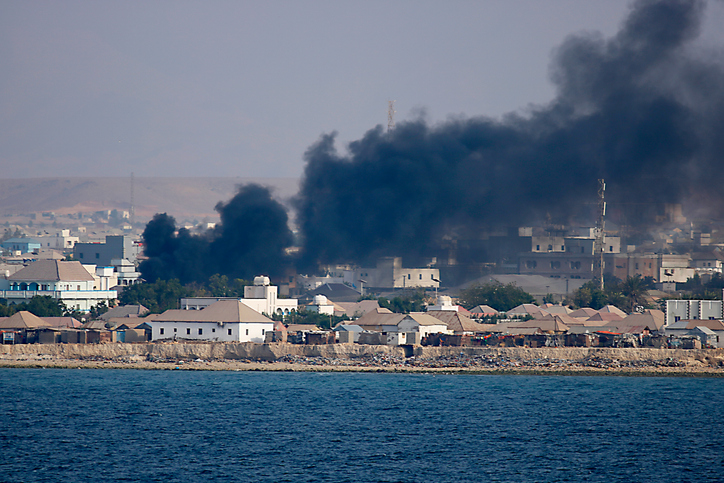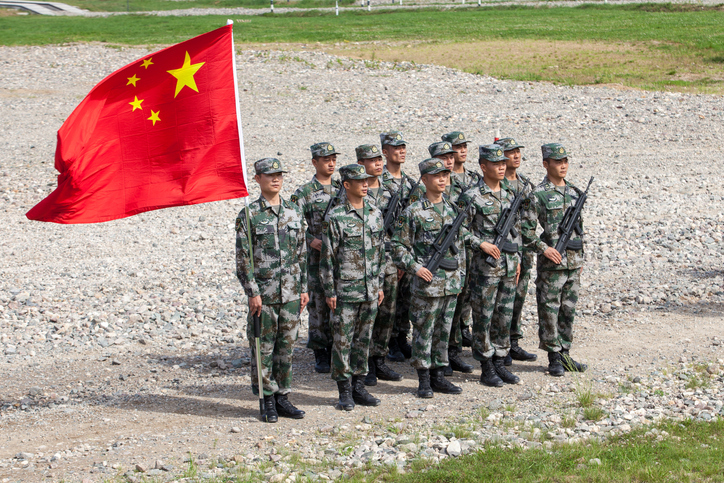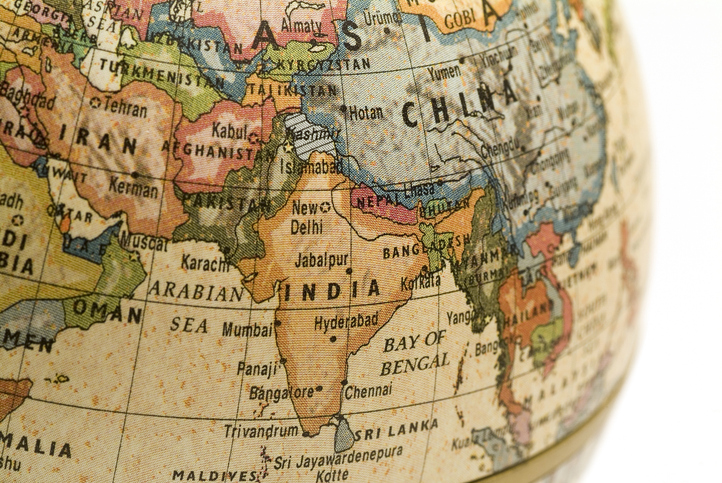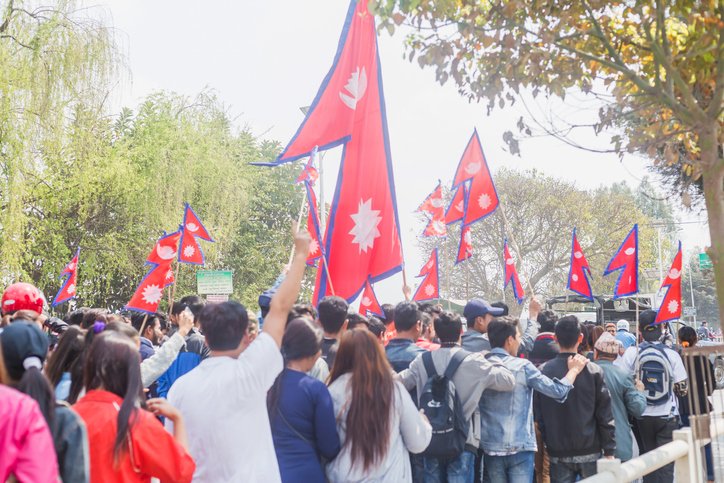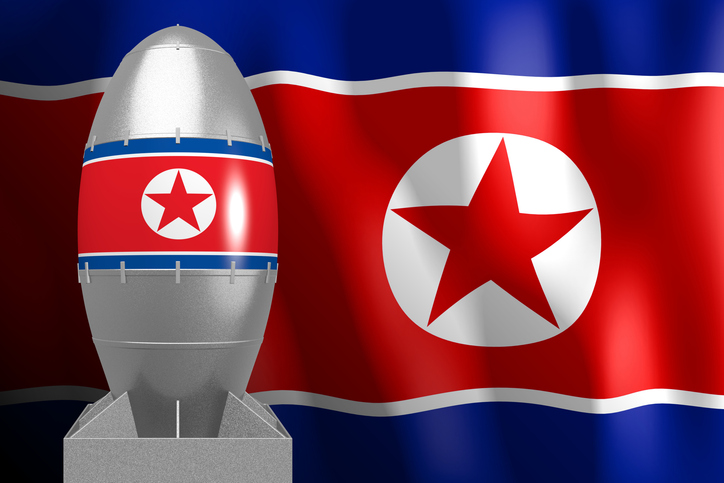
Posted On : Nov 7 2024
The Persistent Challenge: Understanding Insurgency in Myanmar
Introduction: Myanmar, a nation of diverse ethnicities and cultures, has been grappling with insurgency for decades. The multifaceted nature of these insurgencies, rooted in historical grievances, political complexities, and ethnic diversity, presents a persistent challenge to the country's stability and progress. In recent years, the issue has gained significant international attention, underscoring the urgency of understanding its origins, dynamics, and potential solutions.
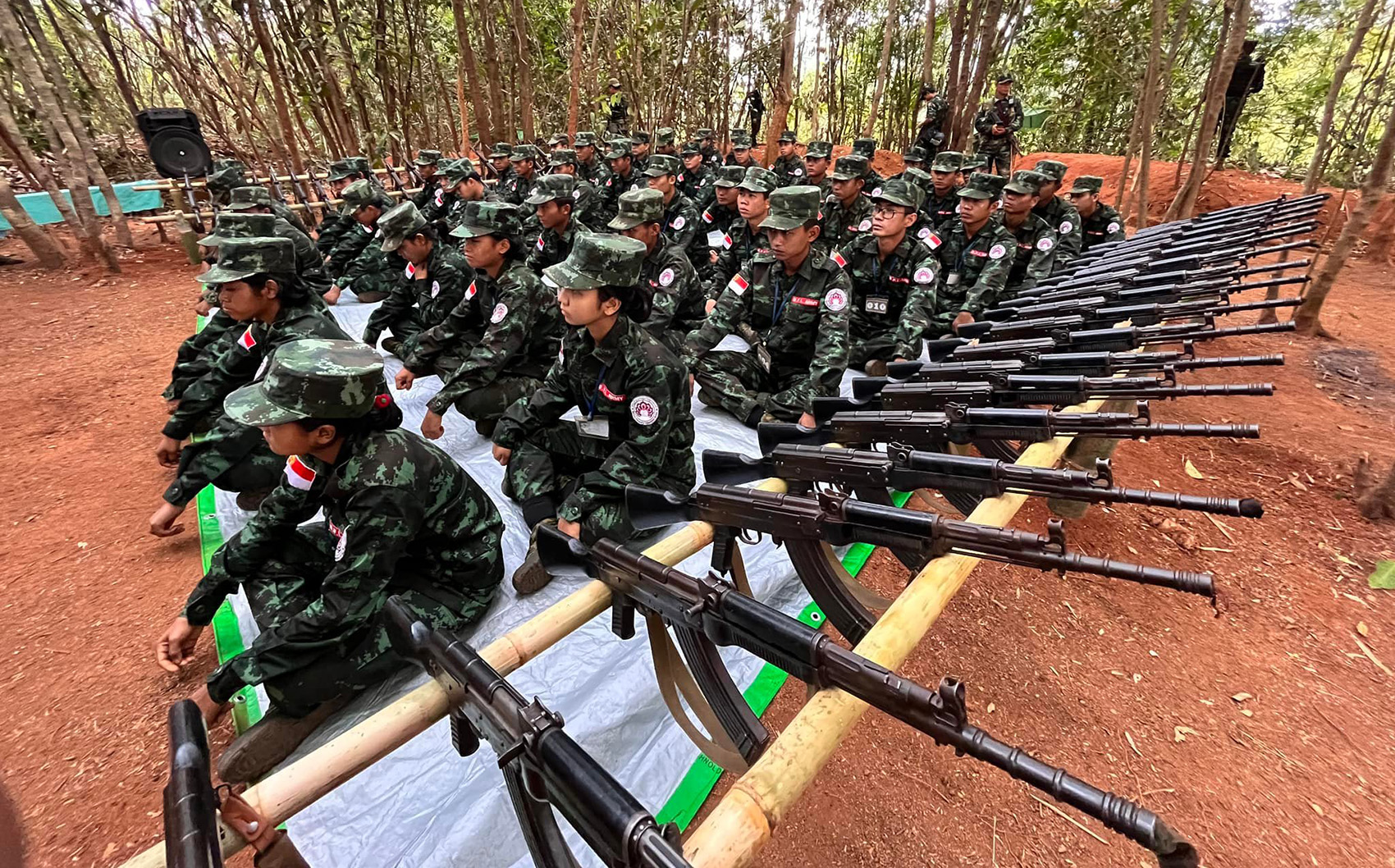
Historical Context: To comprehend the insurgency in Myanmar, one must delve into its complex historical backdrop. Decades of military rule, characterized by centralization of power and suppression of ethnic minority rights, have fuelled deep-seated grievances among various ethnic groups. The Panglong Agreement of 1947, which promised autonomy to ethnic minorities, failed to be fully implemented, sowing seeds of discontent and resistance.
Ethnic Diversity and Conflict: Myanmar's ethnic diversity, with over 135 distinct ethnic groups, contributes significantly to the complexity of the insurgency. The Karen, Kachin, Shan, and Rohingya are among the most prominent ethnic groups engaged in armed struggle against the central government. Each group has its own unique grievances, ranging from political marginalization to cultural suppression and economic exploitation.
The Role of the Military: The military, or Tatmadaw, has historically played a central role in Myanmar's politics and governance. Its heavy-handed approach to dissent and insurgency has often exacerbated tensions and prolonged conflicts. Despite the transition to a civilian-led government in 2011, the military retains considerable power and influence, hindering efforts for peace and reconciliation.
International Dimensions: The insurgency in Myanmar has implications beyond its borders. Neighbouring countries, such as China, India, and Thailand, have vested interests in the region, leading to complex geopolitical dynamics. Cross-border flows of arms, refugees, and illicit goods further complicate efforts to resolve the conflict. Additionally, international condemnation of human rights abuses, particularly against the Rohingya minority, has strained Myanmar's relations with the global community.
Challenges to Peace and Reconciliation: Efforts to achieve peace and reconciliation in Myanmar face numerous challenges. The lack of trust between ethnic armed groups and the central government, coupled with divergent visions for the country's future, hampers progress in negotiations. Moreover, the resurgence of violence in recent years, particularly in Rakhine and Chin states, underscores the fragility of peace efforts and the enduring nature of the insurgency.
Potential Pathways to Peace: Despite the formidable challenges, there are pathways to peace in Myanmar. Meaningful dialogue that addresses the root causes of grievances, including issues of ethnic autonomy, political representation, and socioeconomic development, is essential. Building trust through confidence-building measures and inclusive decision-making processes can help bridge the divide between conflicting parties. Furthermore, international support and mediation efforts can facilitate constructive dialogue and promote sustainable peace.
Conclusion: The insurgency in Myanmar is a complex and enduring challenge that requires a multifaceted approach. By understanding its historical roots, addressing the grievances of ethnic minorities, and fostering inclusive dialogue, Myanmar can move towards a future of peace, stability, and prosperity. However, achieving lasting peace will require sustained commitment from all stakeholders, both domestic and international, to overcome the legacy of conflict and build a more inclusive and equitable society.
No Comments Added





